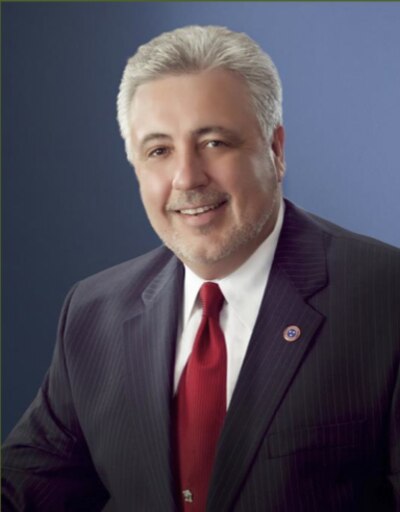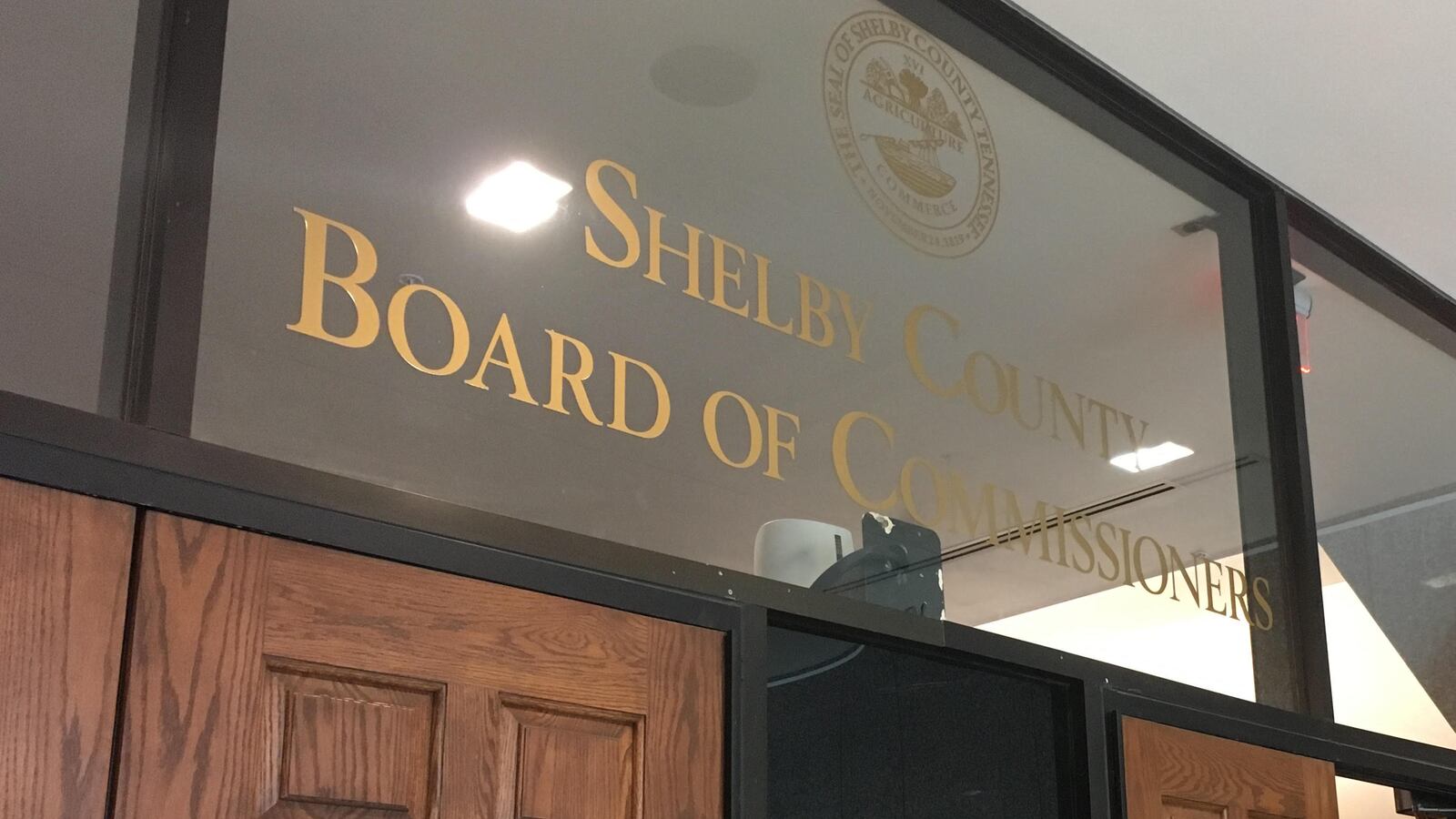For years, Superintendent Dorsey Hopson has heard the same message from Shelby County commissioners who annually review the district’s budget: The county can’t keep putting money into aging school buildings, especially in a district with a shrinking enrollment and too many buildings.
Now that Hopson has a plan to replace and consolidate some of those buildings, county commissioners are liking what they see. That’s especially important because the Shelby County Board of Commissioners holds the purse strings for new school construction.
“I think it’s a model that gives those children the best opportunity to receive an education,” Commissioner Eddie Jones told Chalkbeat. “(There’s) more resources in one building where you have all of the kids.”
Hopson’s plan — which includes closing five schools and consolidating those students into three new buildings — is precisely what commissioners have been asking the county’s largest school system to do. Commissioners like that the proposal puts a dent in the district’s 22,000 empty seats while also building schools that will last and that the community can be proud of.
But first, Hopson’s plan must get school board approval. Board members will discuss the plan’s merits on Tuesday evening, and are scheduled to cast the first of two votes on related school closures on Dec. 6. The board also will vote whether to ask the commission for money to build new schools.
The projects involve replacing Goodlett Elementary, Alcy Elementary and Woodstock Middle while closing these five elementary schools: Knight Road, Charjean, Magnolia, Lucy and Northaven. The new construction, in part, is what makes Hopson’s proposal different from most school closures in Memphis in recent years. It also follows a model piloted with the recently reopened Westhaven Elementary School in Whitehaven.
The plan would begin with the Alcy and Goodlett consolidations. In order to start construction next summer for those two new schools, Hopson and the school board would have to go before the County Commission in December to get the needed funding — about $30 million in all.
The proposal tries to address commissioners’ concerns about closing schools in neighborhoods that have been long neglected, as well as the neighborhood blight that often follows the shuttering of a school. The hope is that crumbling school buildings would be razed to make way for new businesses.
“When you close a school … it leaves a hole in the community,” said Commissioner Heidi Shafer. “Hopson is onto something.”

“People continue to leave Memphis,” adds Commissioner Terry Roland. “You don’t have as many kids in the city, and the ones you do have are the poorest kids. We’ve got to reverse that. … Until we do that, you can’t leave a school with 200 or 300 kids in it.”
The district’s stockpile of under-enrolled and deteriorating buildings was a major point of contention with commissioners during last spring’s budget discussions. Some suggested that the governing body should not grant the school system’s full funding request until district leaders make significant progress in reducing its facilities footprint.
According to district data released in May, 30 district-run schools were listed under 70 percent capacity. Eleven have less than half the students that the buildings were designed for.
An analysis of Shelby County Schools’ footprint has been in the works for more than a year, and Hopson is promising to release the study soon. The long-awaited analysis, already delayed twice, would guide up to 24 school closures over the next five years. The study originally was requested by county leaders to help commissioners prioritize spending on school facilities.
“We asked for the facility study because we didn’t want to keep putting money into buildings we would end up closing,” Shafer explained.
Hopson surprised many when he rolled out his newest plan this month before releasing the analysis. Many Memphians, including Roland, have said they want to understand the big picture before considering plans to close schools.
“The facilities study will have to come into us before we move forward,” Roland told Chalkbeat. “You can’t ask for money until we know what you have, what the projects are.”
But the delay isn’t an issue for several other commissioners including Walter Bailey, who chairs the commission’s education committee. “I think they should forge ahead just as they plan to,” Bailey said. “I think it’s a good opener for great things to come.”
Commissioner David Reaves, a former school board member, is glad to see the district looking to replicate the consolidation model used at Westhaven Elementary. He called the proposed closure of the district’s neediest buildings “low-hanging fruit.”
“You can’t wait for the entire conversation to be complete for action to be taken right now,” Reaves said. “(Students) shouldn’t have to stay in there longer than they have to.”

Jones said it would be best for the district to bring the proposal to the board as soon as possible. “I think the faster they fix their problems, the better it will be for kids,” he said. “Kicking the can down the road is just delaying the inevitable.”
If Hopson gets the plan approved by the school board and the funding he wants from the commission, the county’s six municipal school districts also will benefit. On top of the money to Shelby County Schools, the county would have to distribute a proportion to each municipality based on student enrollment.
Hopson has said his proposal is mostly about addressing the cost of maintaining aging buildings, but Jones said academics shouldn’t get lost in the shuffle.
“They could have all the new buildings, but how is it going to benefit the children who are going to be educated within the walls of that building? That’s the question,” Jones said.
Hopson said academics is already suffering in those buildings, however.
“Since these conditions are undoubtedly unproductive and not conducive to student achievement, their continued operation is unfair to students and taxpayers,” Hopson said in a guest column last weekend in The Commercial Appeal. “It’s nearly impossible for our district to maintain outdated buildings while at the same time investing in effective academic strategies, employee compensation, the latest technology, a variety of after-school and summer programs, innovative partnerships and other much needed things.”

